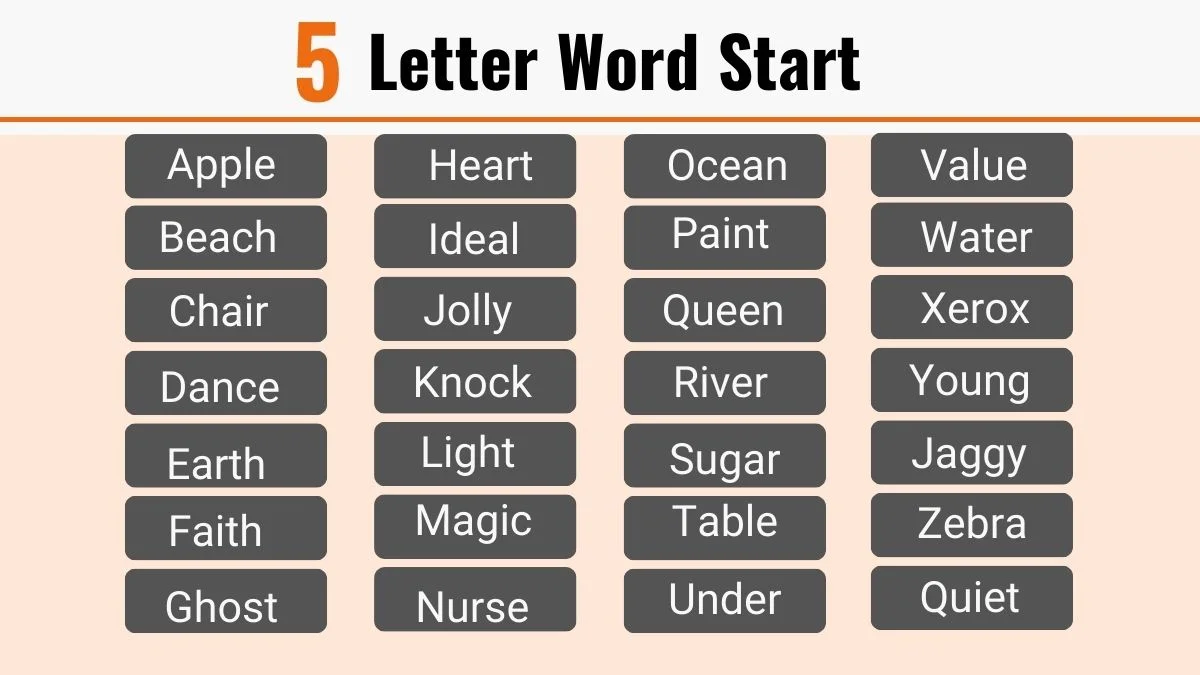Story vs Storey-Difference Between And Examples
In the English language, there are numerous words that sound alike but have different meanings, causing confusion among writers and speakers. One such pair is “story” and “storey.” Despite their similar pronunciation, these words have distinct meanings and are used in different contexts.
This article aims to clarify the difference between “story” and “storey,” providing examples and explanations to help readers grasp their correct usage. Let’s delve into the meanings and usage of these words to ensure clear and precise communication.

Meanings and Examples
Story Meaning
The meaning of “Story” primarily refers to a narrative or account of events, either real or fictional, that conveys a sequence of connected events, experiences, or information.
Story Examples
- “She enjoyed reading bedtime stories to her children.”
- “The news story captured the attention of the nation.”
- “He wrote an engaging short story about a magical adventure.”
Storey Meaning
The meaning of “Storey” (sometimes spelled “story” in British English) refers to a level or floor of a building. It represents the vertical division of a building, typically above the ground floor.
Storey Examples
- “Their apartment is located on the top storey of the building.”
- “The office building has multiple storeys, each housing different businesses.”
- “The hotel has an impressive twenty-storey tower.”
Difference Between Story and Storey
| Story | Storey | |
| Meaning | Noun: a narrative or account of events | Noun: a level or floor of a building |
| Example | “She enjoyed reading bedtime stories to her children.” | “Their apartment is located on the top storey of the building.” |
| Usage | Describing narratives, accounts, real or fictional events | Referring to levels or floors of a building |
| Context | Literature, storytelling, news, fiction, personal anecdotes | Architecture, construction, building design |
Usage in a Paragraph
The term “story” primarily refers to narratives or accounts of events, whether real or fictional. It encompasses various forms of storytelling, such as books, novels, short stories, and even personal anecdotes. For example, parents often read bedtime stories to their children, fostering imagination and creating memorable moments. In journalism, news stories inform and engage readers by presenting current events or noteworthy happenings. Furthermore, authors captivate readers with their skillfully crafted stories that transport them to different worlds and evoke emotions. “Story” is a versatile word that finds its application in literature, entertainment, and personal experiences.
On the other hand, “storey” denotes a specific level or floor of a building. It refers to the vertical division of a structure, typically above the ground floor. Buildings can have multiple storeys, accommodating various functions or businesses. For instance, an apartment might be situated on the top storey of a residential building, offering panoramic views. In commercial architecture, office buildings often consist of several storeys, each housing different companies or organizations. The number of storeys contributes to the overall design and functionality of the building. “Storey” is a term commonly used in the context of architecture, construction, and building design.
Distinguishing between “story” and “storey” is crucial for precise and effective communication. While “story” pertains to narratives and accounts of events, whether real or fictional, “storey” refers to the levels or floors of a building. By understanding their distinct meanings and contexts, individuals can express themselves accurately, avoiding confusion and ensuring their messages are conveyed with clarity.







Leave a Reply